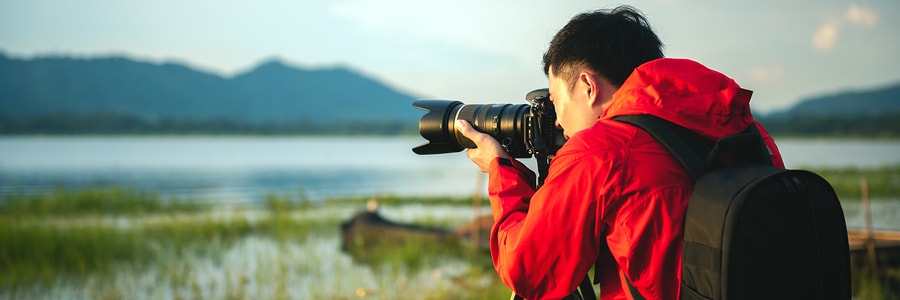It’s quite possible that advertising photography has caught your eye throughout your photo rides and even before. If so, photography has achieved its goal because, in reality, that’s what it’s all about; to get your attention, yours and that of everyone who watches :).
Although I dare assure you that as a photographer, with that you do not have enough, you sure want to know how this was done, how it was obtained such or that effect, what is the idea or previous intention of the image.
- Advertising photography is undoubtedly something complex and profound.
- With many branches of expertise.
- We will try to see them all in general so that.
- If you are thinking of delving into the world of advertising photography.
- You know more or less where to do it.
- Direct your steps.
Advertising is based on transmitting a message to a group of people with a specific intent, usually consuming a product or experience.
Advertising photography is based on visual impact; It seeks that the image does not go unnoticed and that the message penetrates deeply into the one who observes it.
In general, looking for an attractive product, an idyllic situation, a way of life that seduces and excites us, in short, it seeks to convince us that we really need this product for our well-being or happiness.
Although most advertising photographers specialize in a specific type of photography and probably require specific knowledge to develop their work, there are common features that an advertising photographer must have.
As I said at the beginning, people usually specialize because it’s a specific and complex area, the most common types of photography are:
Product photography is a classic of advertising photography, we find photographs of products in all the places that we look around: in food containers, magazines, restaurants, storefronts, etc. The general idea is that the product appears in perfect condition and in the desirable way.
Fashion photography goes far beyond showing us a dress or trousers, which too;), but in general, it seeks to convey a way of life, tries to excite us and wants us to have what we see. cover fashion shows, editorials, catalogues, campaigns, etc.
You may have already realized that gastronomic photography is an art, with that “eating with your eyes” becomes a reality and the goal of such photographs is as follows, to show the food in the most appetizing way possible.
Brand images of several companies. Consulting offices, universities, schools, construction and businesses of all kinds. They are usually intended for your websites.
When I say that you have to have a gift for people to work in advertising photography is because you usually have to intervene throughout the creative process from start to finish, with the number of people who engage with the photographer to get the final. Result.
If it is obvious that it is not the same to photograph the product of the menu of the bar next to the house or the bracelets handmade by your friend, than working for Coca-Cola, we will put ourselves in the case of a great brand to see basically all the steps that are followed in the usual way.
1. Briefing. Il collects all the information related to the image you want to achieve: target audience, customer objectives, strategies, etc.
2. Idea. The briefing translates into a specific idea in the form of a sketch, this can be done by the photographer himself, an advertising agency, or both, here you should see the layout and composition of the elements (logos, product, etc. ).
3. Planning: Once we have a clear sketch, it is up to the photographer to translate this idea into a photograph:
4. Working equipment: When working with large customers, they take care of providing the photographer with all the necessary equipment to obtain the image: cameras, lighting games, drones, cranes, cars. . . anything you might need. On a small scale, it is quite possible that some of the material you have to put it yourself, or manage it with a little imagination;).
5. Decoration: Install where you are going to take the photos, whether it is as simple as a surface or more complicated than a room or a larger scene. In any case, everything must be controlled to the millimeter: light, composition, elements. that appear, reflections, etc.
You know that the more perfect an image is, the better the result
6. Mounting: The photographer is also usually responsible for giving the final touch to the edition, correcting-changing colors, removing or adding elements, retouching masks, etc. , etc.
Check out these photographers to see what advertising photography is capable of;).
If you are interested in the form of advertising photography, it is best to train well in terms of technique, from the mastery of photographic equipment of all kinds, to the control of lights and colors, composition, different trends, etc.
Although it is a complex world, it is also true that the ideal is to start practicing with small jobs where you are in control and where the investment is not exaggerated, such as photographing small products.
Gradually, you can increase the scale of complexity, just as you would any other type of photography. You know you weren’t born knowing and it’s all about practice and trial and error.
I hope you liked this article. If this is the case, please share it so that it reaches as many people as possible. Thank you so much for reading so far and so far?

